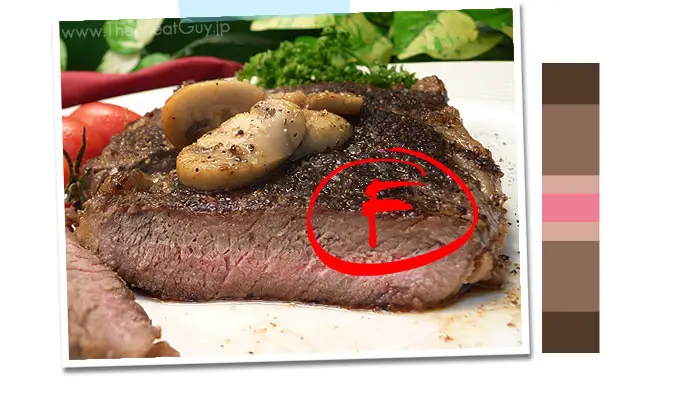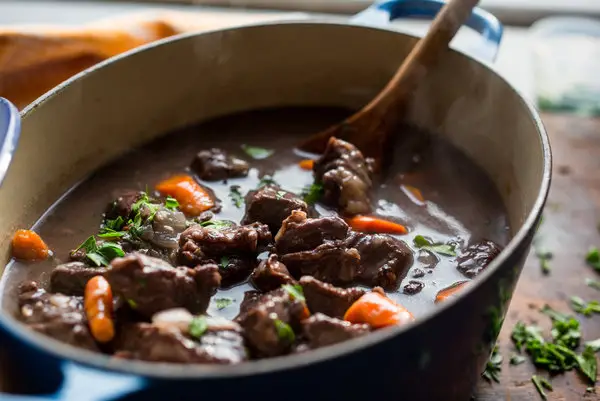Fried oysters are a popular seafood delicacy that can be enjoyed in a variety of ways – as a main dish, served on top of salads, or even in sandwiches. However, when it comes to reheating fried oysters, things can get tricky. Reheating them improperly can make them dry or soggy and leave you with an unsatisfying meal. In this article, we will discuss some surefire methods for reheating fried oysters.
Understanding Reheating Fried Oysters
Reheated fried oysters don’t always taste as good as freshly cooked ones because they tend to lose their crispiness. However, there are different methods available for reheating fried oysters without compromising their texture and flavor.
Microwave Method
The quickest method of reheating fried oysters is through the microwave method. But before you proceed with microwaving your leftover fried oysters, be warned that it has potential downsides such as sogginess and loss of flavor.
Step by step instructions for microwaving fried oysters:
- Remove the leftover fried oyster from the fridge.
- Place them on a microwave-safe plate lined with a paper towel.
- Cover them with another paper towel to absorb excess moisture.
- Heat them in the microwave for around 20-30 seconds until they’re warm.
- Check if they’re adequately heated; if not, continue for another 10-15 seconds.
- Serve hot.
Tips for microwaving without sogginess:
- Microwaving dampens the crust’s crunchiness as humidity builds up on the plate’s surface
- Use a paper towel to place your oyster pieces — it will absorb any steam created during heating
- Do not forget to add a second layer of paper towels on top of the leftovers so that no steam can escape during cooking.
Oven Method
The oven reheating method is superior to other methods as it keeps the fried oysters crispy.
Step by step instructions for oven reheating:
- Preheat your oven to 375-400°F.
- Take a baking sheet and line it with parchment paper or aluminum foil.
- Position leftover fried oysters on the baking sheet
- Place them in the oven once it has fully heated up.
- Allow them to reheat for 8-10 minutes, or until they’re heated through and crispy.
- Remove from the oven and serve hot.
Advantages over other methods:
- Oven method better at keeping your food’s texture, taste, and crispness
- Unlike microwaving, this technique involves slow heating — you will notice your fried oysters retain their flavor as opposed to losing juice and saturating into soggy morsels.
Stovetop Method
The stovetop frying method takes a little more time than microwave method but ensures that your reheated fried oysters remain crunchy.
Step by step instructions for stovetop frying:
- Preheat a pan on medium heat with oil of your choice
- While waiting for the oil to heat, prepare a plate lined with paper towels.
- Place fried oyster leftovers in the skillet cautiously since frequently flipping can compromise their coating’s delicacy.
- Leave the fried oysters untouched until golden brown — roughly three minutes
- Flip carefully using long tongs or utensils designed similarly that won’t squeeze out delicate interior juicy part of our package
- Cook until perfection which will typically happen in less than five minutes total 7.Transfer them onto paper towels-lined plates quickly not allowing any excess oil tainting up that delicious batter.
How to keep breading crispy:
- The key is low heat; You don’t want to cook the oyster too quick resulting in ‘soggy breading’ but cook the breadcrumbs slowly to retain moisture in the center.
- Using a non-stick pan can be helpful since oyster coating can feature delicate exterior that easily dislodges with movements.
Common Mistakes to Avoid When Reheating Fried Oysters
A few mistakes can lower your fried oysters’ quality, texture, and nutrition. Here are some tips for reheating fried oysters correctly:
Overcooking vs. Undercooking
Overcooked fried oysters result in a dry, chewy, and unhealthy meal because high temperature evaporates water content inside it; thus, becoming rubbery and dark. On the other hand, undercooked food may cause foodborne problems.
Timing Issues
Different methods will require different timing and temperature even when reheating similar leftovers. And since your already cooked foods should experience minimal exposure to heat to minimize any quality decline, ensure you experiment until you find what works best for you whether microwaving or stovetop frying.
Storage and Preparation Issues
Storage
If you don’t want your leftover fried oysters turning stale or loss of flavor — they must be appropriately stored:
- Allow your fried oysters to cool off down before storing in an airtight container.
- Your fridge should not stay longer than two days after storing restaurant-quality seafood leftovers
- If storing for additional safety measures consider labeling them with the date of storage.
Preparing Leftover Fried Oyster Before Reheating
The reheating process’s outcome depends on how much prep work has gone into it beforehand. Of course one wants deliciously crisp appetizing batter crust plus tender meat packed sufficient flavors integral to all successful dishes; can’t forget about color too!
- Thaw frozen fried oysters before reheating instead of cooking them while still frozen
- let them rest outside of their normal environment at room temperature minutes before indulging in a reheating process. This helps with the results, as they can reheat more uniformly and are less water-logged.
Conclusion
Fried oysters are a tasty delicacy that’s worth savoring by reheating their leftovers correctly. Do not compromise your taste or the meal quality by rushing through cooking techniques and timing. By following our instructions, you’re sure to end up with appetizing, savory fried oysters that’ll satiate your cravings for seafood any time of the day.
Q&A
- Q: Can you reheat fried oysters in the microwave?
A: Yes, you can reheat fried oysters in the microwave by placing them on a plate and reheating them for 30 seconds to 1 minute on high power. However, be cautious as this method may cause the fried coating to become soggy.
- Q: Is it better to reheat fried oysters in the oven or on a stovetop?
A: It is recommended to reheat fried oysters in the oven or on a stovetop for an evenly heated and crispy result. For oven reheating, preheat the oven to 375 degrees Fahrenheit and bake for 10-12 minutes until heated through. On a stovetop, heat oil in a non-stick frying pan over medium-high heat and fry each side of the oyster until crispy.
- Q: How do I prevent leftover fried oysters from becoming rubbery during reheating?
A: To prevent leftover fried oysters from becoming rubbery during reheating, make sure to remove any excess moisture before reheating them using either an oven or stovetop method. You can also add breadcrumbs or panko crumbs for added texture before reheating.
- Q: Can leftover cooked oysters be frozen and reheated later?
A: Yes, cooked oysters can be frozen and reheated later using an oven or stovetop method similarly to reheat fried oysters with proper storing procedures followed beforehand. Seal the cooked oyster tightly with plastic wrap so that no air enters into it before freezing it. The frozen leftovers should be thawed first inside a fridge overnight before heating them up again using methods mentioned above




